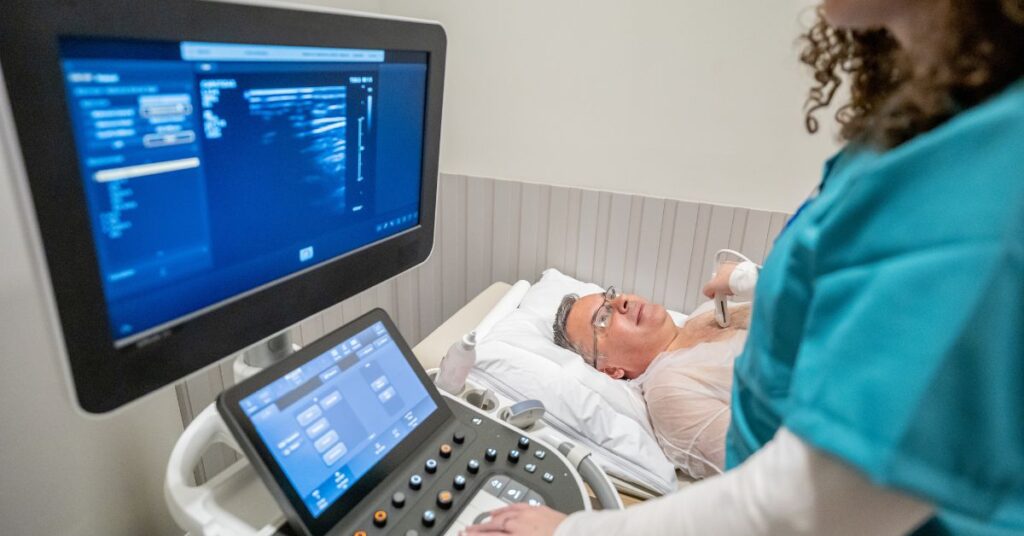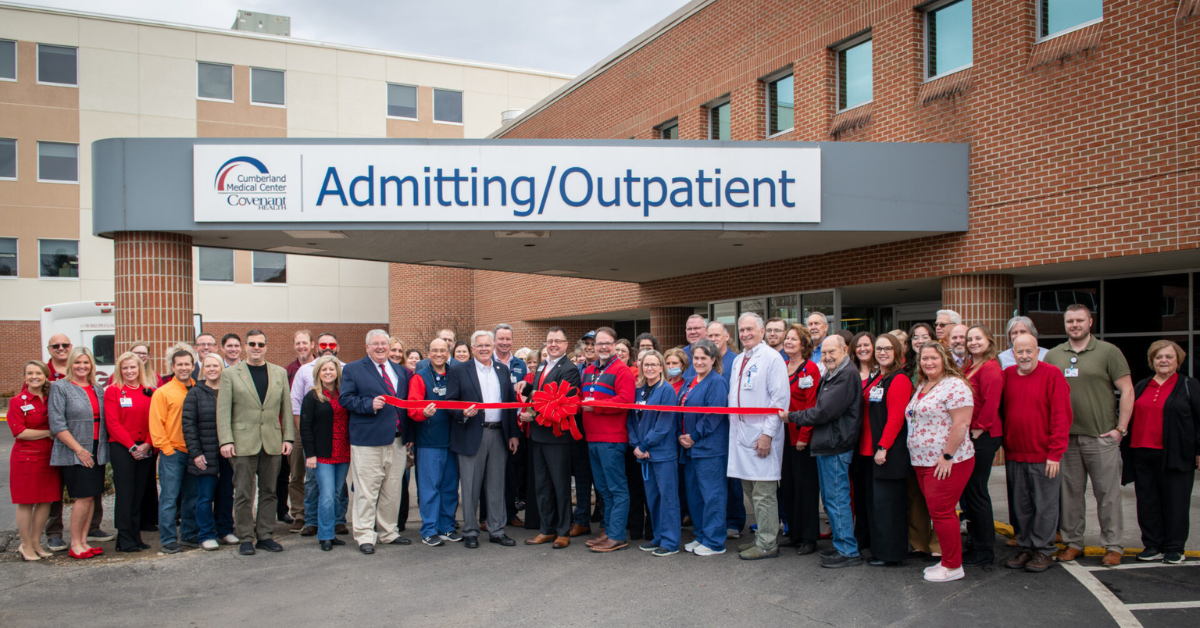
A Call to Embrace Artificial Intelligence in Cardiology
By Mehmet Cilingiroglu, MD
Turn on the television, scroll on your phone, or listen to the radio, and you’ll find a lot of chatter about artificial intelligence (AI).
Is this technology something cardiologists should fear or embrace?
IBM defines AI as “technology that enables computers and machines to simulate human learning, comprehension, problem-solving, decision making, creativity, and autonomy.”
AI Is Already Here And Growing
You may not realize it, but AI is already embedded in our daily medical practice.
Whether we’re writing patient notes after a clinic or hospital visit or reviewing preliminary radiologic, echocardiogram, or angiographic studies, artificial intelligence aids our ability to provide care.
Coupled with the increased prevalence of burnout and depression among overworked, emotionally drained physicians and continually decreasing CMS reimbursement rates, I predict that over the next five to 10 years, AI-enabled “robots” will provide some of the services currently performed by radiologists and non-invasive cardiologists.
The prevalence of cardiovascular diseases, obesity, and metabolic syndrome is on the rise, while the wait times for these patients continue to increase.
Bridging Gaps in Access and Care
Currently, there are no cardiologists working in more than 85 percent of rural counties in the United States, and nationwide physician shortages in cardiology and primary care are alarming.
Key Fact: Over 85% of rural U.S. counties have no cardiologist.
Many patients in rural areas or those without robust support systems struggle to access specialized care.
AI bridges this gap.
Smartphone apps can assess symptoms, provide diagnoses, and recommend treatments with accuracy surpassing human doctors in certain conditions. This enables patients in under-resourced areas to triage themselves and seek the most appropriate care options.
AI robots may help solve many of the bottlenecks we’re experiencing, ideally easing our burden as clinicians, but not replacing our jobs.
How AI Delivers More Efficient Patient Care
24/7 Access and Remote Care
- Enhanced access to excellent general cardiology and noninterventional cardiology care for patients 24/7/365, saving hospitals money. Although AI robots can’t currently provide interventional cardiology, I believe that in time, interventional cardiology will also be supported by AI robots—a game changer for the cardiology world.
- Enable some clinic visits to be held remotely via telehealth whenever a patient desires to be evaluated. Patients will only go to a clinic or hospital for specific procedures, again lowering costs.
Continuity and Satisfaction
- Strengthened continuity of care, since AI robot physicians could potentially see the same patient in the hospital and after discharge in the clinic.
- Immediate access to echocardiograms, EKGs, and other test results.
- Elevated patient satisfaction due to the points above and other applications of AI in healthcare.

Raising the Bar: AI and Clinical Quality
Proactive Monitoring and Early Intervention
- Support ongoing patient health by detecting clinical deterioration before it leads to hospital readmission.
- Wearable sensors tracking vital signs in patients with complex conditions like heart failure or COPD, combined with AI’s predictive capabilities, can send real-time alerts for early intervention.
Enhanced Imaging and Diagnostics
- Enhance disease detection through medical imaging, often exceeding human radiologists’ speed and accuracy.
- Determine lesion severity, plaque type, and optimal treatment strategies for the specific lesion in the cath lab.
Clinical Research and Drug Safety
- Develop new drugs and technologies using AI-augmented clinical research outcomes studies.
- Identify serious drug-drug interactions in real-time, preventing under- or overmedication.
Personalized Medicine: AI’s Role in Tailored Cardiac Care
- Measure pulmonary artery or left ventricle filling pressures via smartphone, enabling cardiologists to determine how much basal and additional Lasix doses a CHF patient needs. Similar to current SQ Lasix pumps for congestive heart failure patients, those doses may be delivered without in-person physician intervention, providing optimal treatment for chronic kidney failure and preventing CHF readmissions, and saving billions of dollars for Medicare.
- See a patient’s health on the longitudinal lifelong span as it will interrogate the entire breadth of patient data and demographic risk to quickly determine timely prevention measures that can significantly reduce full-blown diseases before they become clinically significant or end-stage.
Addressing Socioeconomic and Genetic Differences
- Help physicians develop plans of care that consider each patient’s socioeconomic status. The technology will quickly crunch clinical and demographic data to determine which medical or device therapy will provide the most cost-effective benefit for that patient. It will also flag drug assistance programs that can help patients afford costly but necessary medications.
- Deliver precision medicine, with treatment tailored to the patient’s genetic profile, optimizing outcomes and reducing side effects.
Cutting Red Tape: AI and Administrative Efficiency
- More efficient scheduling and check-in processes for clinic appointments. Patients can enter demographic information, review of systems, and even applicable vitals via smartphone.
- The medication verification process will be instantaneous, meaning patients will no longer have to wait for the physician to call in a prescription order.
Traditional Workflow Versus AI-Enhanced Workflow
| Aspect | Traditional Workflow | AI-Enhanced Workflow |
|---|---|---|
| Echocardiogram Analysis | Manual acquisition, segmentation, and measurement; operator-dependent | Automated acquisition, segmentation, and quantification; reduced variability and time1 |
| Diagnostic Accuracy | Subject to inter- and intra-operator variability | Higher consistency, potential for improved accuracy2 |
| Administrative Tasks | Manual scheduling, check-in, and verification | Automated, streamlined processes (e.g., instant medication verification) |
| Clinical Decision Support | Relies on physician experience and guidelines | AI-assisted risk prediction, personalized recommendations3 |
| Patient Access | Limited by geography and clinician availability | 24/7 access via telehealth and AI triage |
| Data Integration | Fragmented records, manual review | Seamless integration and analysis of EMR and patient history |
Navigating Challenges and Ensuring Ethical AI
Despite AI’s potential, its misuse or poor implementation can exacerbate health inequities, particularly for disadvantaged populations.
Addressing Bias in AI
AI models often inherit biases from training data, leading to disparities in disease detection and treatment. For instance, studies show Black and Asian patients were diagnosed with aortic stenosis at significantly lower rates due to existing biases in healthcare data.4
AI models trained on non-representative datasets may replicate historical injustices in access and treatment. Further, while AI can streamline workflows and improve accuracy, over-reliance on automation may reduce patient-provider interactions, potentially weakening the human aspect of healthcare.
AI systems should provide consistent, high-quality care regardless of socioeconomic status, race, gender, disability, or location.
If AI is to truly revolutionize healthcare, it must close gaps in care rather than reinforce disparities.
Promoting Equity and Trust
To mitigate bias and promote equitable AI-driven healthcare, several strategies are essential:
- Diverse Data Collection: AI models should be trained on representative datasets to ensure fairness.
- Transparent & Explainable AI: AI tools must provide interpretable results, fostering trust and accountability.
- Continuous Bias Monitoring: Algorithms require regular assessment and adjustment to maintain fairness over time.
- Inclusive AI Policies & Ethical Frameworks: Policymakers must prioritize transparency, accountability, and community engagement in AI adoption.
AI holds tremendous promise for closing healthcare gaps, but ensuring equity and ethical development is paramount. Investing in education, community involvement, and integration of social determinants will help maximize AI’s benefits while maintaining a commitment to ethical practice.
By addressing disparities proactively, AI can enhance healthcare outcomes for all, not just the privileged few.
A Call to Action: Integrating AI into Cardiology
AI is transforming healthcare by improving diagnostics, predictive analytics, and personalized treatment—and making healthcare more efficient and accessible.
I want to be clear that there will always be a need for cardiologists. AI will not replace us.
However, if we embrace it, we may enjoy a better quality of life, lower burnout, and higher job satisfaction.

Mehmet Cilingiroglu, MD
Interventional Cardiology and Structural Heart Disease Specialist
Dr. Cilingiroglu received his medical degree cum laude from Hacettepe University, Faculty of Medicine in Turkey. He completed his residency in internal medicine at Virginia Commonwealth University/Medical College of Virginia in Richmond. He was awarded the prestigious American Heart Association Bugher Fellowship in cardiovascular diseases by the Baylor College of Medicine and DeBakey Heart Center in Houston. He completed an interventional cardiology fellowship at the University of Texas Health Sciences Center in San Antonio and a fellowship in structural heart disease at NorthShore Evanston Hospital in Evanston, IL.
Footnotes
- https://www.escardio.org/Councils/Council-for-Cardiology-Practice-(CCP)/Cardiopractice/artificial-intelligence-in-cardiovascular-imaging-algorithms-what-is-used-in-c ↩︎
- https://pmc.ncbi.nlm.nih.gov/articles/PMC10115627/ ↩︎
- https://pmc.ncbi.nlm.nih.gov/articles/PMC11965948/ ↩︎
- https://pmc.ncbi.nlm.nih.gov/articles/PMC9798795/ ↩︎
 company
company 
 (866) 755-7519
(866) 755-7519











